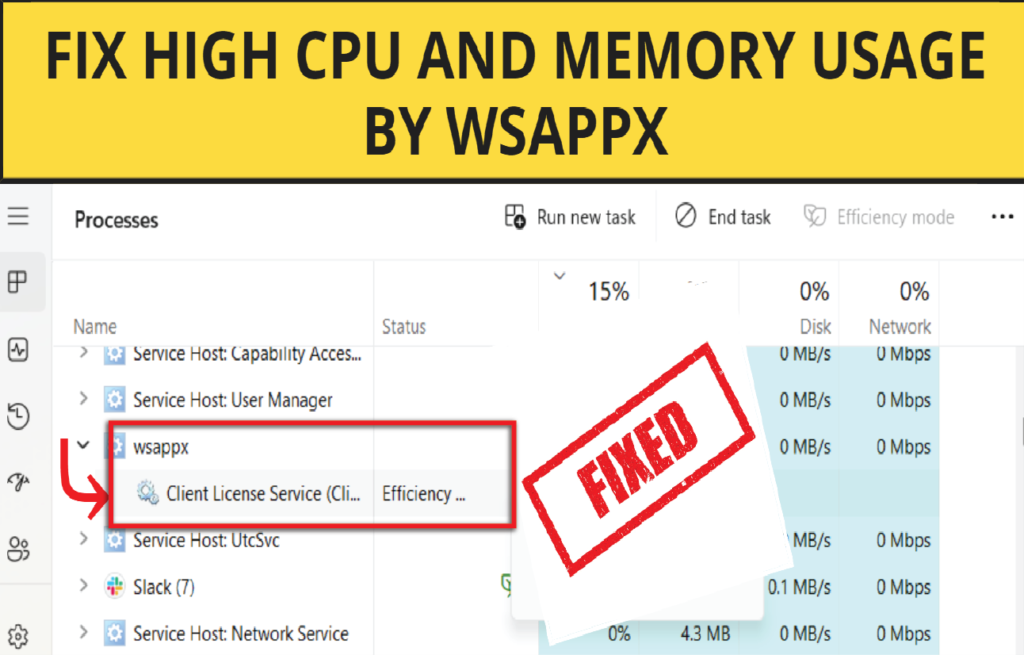Let’s discuss the shape gaming history of ColecoVision. When you think of classic retro gaming, names like Atari and Nintendo often come to mind. Atari, in particular, was a major force in the 70s and 80s, dominating the console scene. However, there’s one console from that era that often gets overlooked—the ColecoVision.
For some, even the most die-hard retro gaming fans, the name “ColecoVision” might not sound familiar. That’s exactly why we’re here to give this underrated console the attention it deserves!
The ColecoVision: A Powerhouse in Its Time
Quick Facts
-
Release Date: August 1982
-
Units Sold: Over 2 million
-
Available: 1982-1985
-
Iconic Games: Donkey Kong, Pac-Man, Pitfall, and more
-
Launch Price: $175

The Early Days of Gaming
Back in the mid-1970s, Pong was everywhere. Arcades were packed, and everyone was playing that iconic, simple game. As video games started to take off, early consoles tried to bring the arcade experience home. Atari owns Pong, other companies couldn’t legally replicate it, so they create their versions under different names.
Coleco, originally the Connecticut Leather Company, jumped into the mix with their own Pong knockoff, the Telstar. While Pong was a huge deal, Atari soon realized the market needed more variety, which led to the launch of the Atari 2600 in 1977. It is a massive hit until 1982.
The ColecoVision’s Big Debut
In the early 80s, the prices of computer hardware dropped significantly, allowing companies like Coleco to take advantage of this change. Coleco launched the ColecoVision with what was, at the time, the most powerful hardware available. But to make it a real winner, they knew they needed something special.
Enter Donkey Kong. Nintendo’s arcade sensation was taking over, and while many companies tried to secure the rights for a home console version, Coleco was the one that succeeded. By offering Donkey Kong as a bundled game, Coleco made the ColecoVision a must-have for gamers. Imagine playing Donkey Kong at home—no more waiting in arcade lines! This move skyrocketed the console’s popularity and even set a new trend for bundling games with consoles, something that became standard in future consoles like the PS5.
A Look at the ColecoVision’s Design
At first glance, the ColecoVision looks a bit… well, old-school. It’s a bulky black box with a silver strip running across the front. It had a flat body with a compartment on top to store the two controllers. Back then, performance was the focus, so it wasn’t as sleek or stylish as today’s consoles.
The gamepads weren’t exactly high quality either—just a simple 12-button numeric keypad with a joystick and two action buttons on each side. And the controllers were connected by a short, coiled wire, which made them a bit fragile.

Expansion Modules: Adding Even More Fun!
To keep the momentum going, Coleco introduced Expansion Modules, hardware add-ons that would enhance the console’s capabilities. There were three major expansions, and while the first was a hit, the others didn’t quite pan out.
Expansion Module #1: Atari 2600 Compatibility
This expansion allowed the ColecoVision to play Atari 2600 games, giving players access to a huge library of titles. It was essentially a way for Coleco to directly challenge Atari. Atari wasn’t happy about this and even sued Coleco, but since Atari’s hardware wasn’t patented, Coleco got away with it. This move made ColecoVision the console with the most games available at the time.
Expansion Module #2: The Driving Controller
This module was for racing games and came with a steering wheel and gas pedal. Unfortunately, it wasn’t very popular, and only a few racing games supported it.
Expansion Module #3: Super Game Module
This was a game-changer with a tape drive for extra storage and larger games. However, it was cancelled to make room for something else—the Adam computer system.
The Adam Computer: A Big Miss
In 1983, just as the ColecoVision was hitting its stride, Coleco decided to make a big move into the home computer market with the Adam computer system. It had everything the ColecoVision offered, plus a built-in keyboard and a printer. However, things quickly went south.
The Adam faced major issues like unreliable digital media and even an electromagnetic pulse that would corrupt the system’s own data! The high price tag didn’t help, and it was more affordable than Commodore 64.
The Adam was a failure, and Coleco lost a ton of money—over $250 million. By early 1985, they stopped making both the Adam and ColecoVision. By 1988, Coleco was officially out of the game, declaring bankruptcy.
The Legacy of ColecoVision
Though the ColecoVision’s run was short, we can’t ignore its influence on the gaming industry. It was the first to bundle games with consoles, a practice that became a standard in the industry. It even inspired Nintendo to enter the home console market, eventually leading to the creation of the Nintendo Entertainment System (NES).
So, while the ColecoVision may be a forgotten relic for many, it holds a special place in the history of gaming. It was ahead of its time in many ways and laid the groundwork for the consoles we enjoy today.


